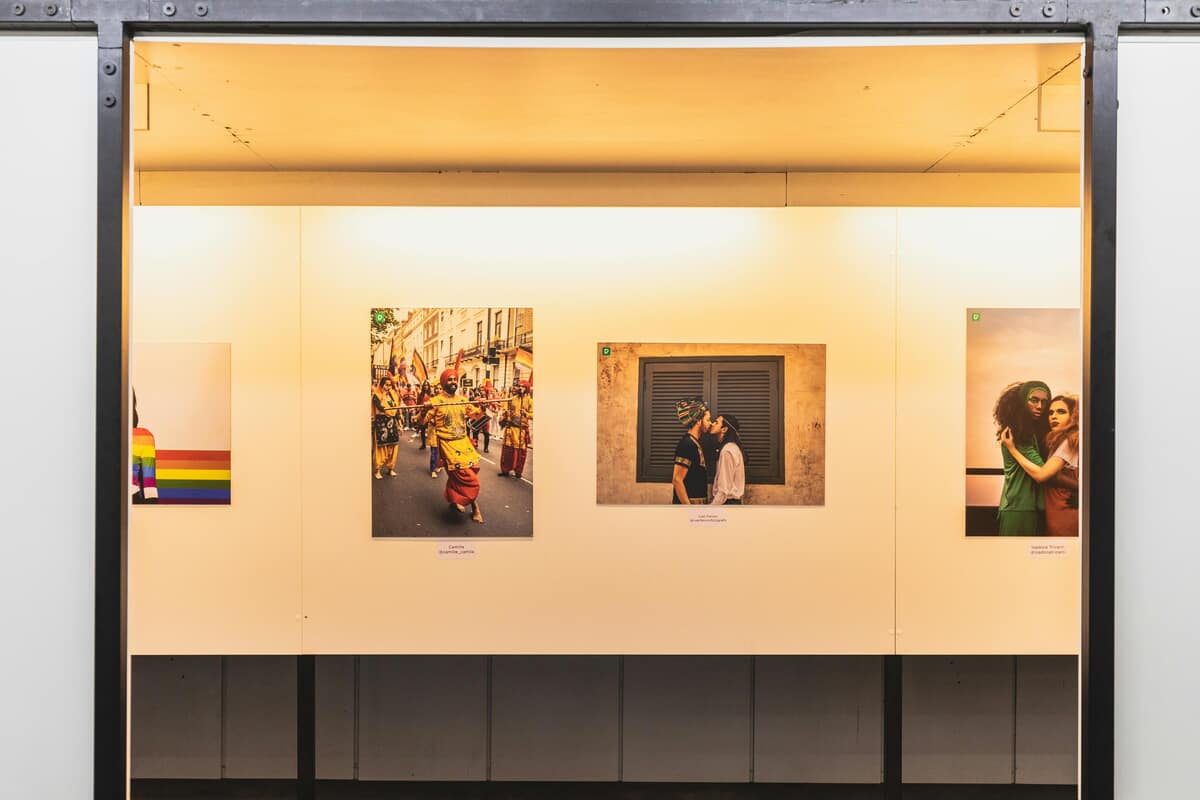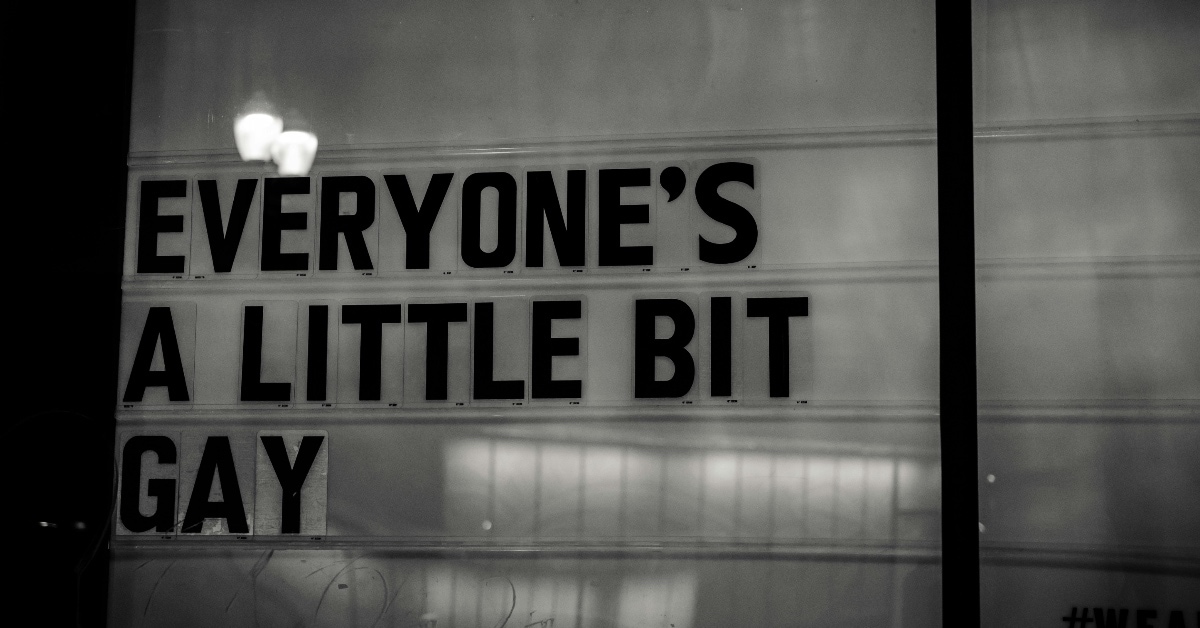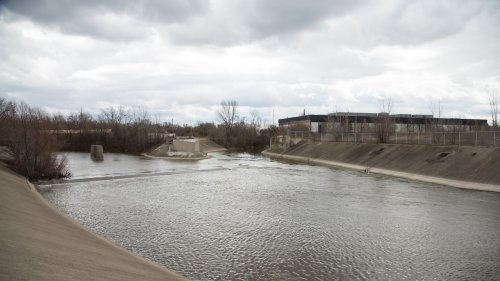Chicago’s Outdoor Museum: The Legacy Walk and its Mission
In the heart of Chicago’s historic Northalsted neighborhood, a unique and powerful monument stands as a testament to the LGBTQIA+ community’s enduring spirit and profound impact on the world. That monument is The Legacy Walk, the world’s only outdoor museum and historic landmark. In essence, it serves as a permanent reminder that the contributions of [...] Read More... from Chicago’s Outdoor Museum: The Legacy Walk and its Mission The post Chicago’s Outdoor Museum: The Legacy Walk and its Mission appeared first on LBS.


In the heart of Chicago’s historic Northalsted neighborhood, a unique and powerful monument stands as a testament to the LGBTQIA+ community’s enduring spirit and profound impact on the world. That monument is The Legacy Walk, the world’s only outdoor museum and historic landmark. In essence, it serves as a permanent reminder that the contributions of LGBTQIA+ people are not just a footnote in history but a central part of our shared cultural narrative. To that end, the walk’s mission is to combat anti-gay bullying by celebrating these contributions. Ultimately, it aims to empower young people and ensure their stories are heard.
Inspired by the NAMES Project AIDS Memorial Quilt and the National March on Washington for LGBT Civil Rights, the founders began The Legacy Walk’s story in 1987. They were inspired to create a lasting public tribute to LGBTQIA+ figures whom mainstream history had erased or ignored. After years of planning, the City of Chicago provided the perfect location. The city’s iconic “Rainbow Pylons” on North Halsted Street became the framework for this groundbreaking project. Today, The Legacy Walk features the world’s most extensive collection of bronze biographical memorials. It stands as an internationally recognized beacon of pride and enlightenment for millions of visitors annually.
Why Was The Legacy Walk Founded?
The founders conceived The Legacy Walk as a direct response to a historical void. For too long, history books and public memory omitted the lives and accomplishments of LGBTQIA+ people. The Legacy Project, the nonprofit organization behind the walk, created it to rectify this. The project’s primary mission is to fight what it calls the “intentional redaction of LGBTQ narratives.” It seeks to inspire young people to stand firm in the face of bullying by showing them a rich heritage of resilience and success. The bronze plaques honor a diverse array of individuals, from artists and politicians to scientists and activists. The plaques ensure that future generations preserve their stories of bravery and brilliance.
The Legacy Walk is more than a historical display. It is also an educational tool. It is the centerpiece of Illinois’s LGBTQIA+ Inclusive Public School Curriculum. Its plaques and guided tours provide students with a powerful, real-world classroom. It teaches them about figures like civil rights leader Bayard Rustin, artist Frida Kahlo, and computer scientist Alan Turing. The walk’s presence in a bustling public space makes it accessible to everyone. It encourages a broader dialogue about LGBTQIA+ history and fosters a more inclusive society. The organization’s ongoing work demonstrates a commitment to educating people of all ages.
How to Visit and Support The Legacy Walk

Visiting The Legacy Walk is an enriching and easily accessible experience. The outdoor museum stands along North Halsted Street in Chicago’s Northalsted neighborhood, from Belmont Avenue to Grace Street. Walking the stretch and viewing the memorial plaques at your own pace is free. The Legacy Project offers professionally guided tours for a deeper understanding of the inductees and the walk’s history. Knowledgeable guides lead these tours, providing fascinating details and anecdotes about the lives of the featured individuals.
The cost for a guided tour varies depending on the visitor’s age. Adult tickets are $40, college students are $25, and seniors are $15. High school students can tour for $10, and elementary-aged children can attend for free with a paying adult. Group tours and field trips for high schools are also free. You must schedule tours in advance, and you can arrange them for seven days a week. Your ticket purchase directly supports The Legacy Project’s educational initiatives. This includes the development of curriculum tools and the maintenance of the walk itself. By visiting and taking a tour, you are learning history and helping shape a more inclusive future.
More Than Just a Walk: Why This Legacy Matters

The Legacy Walk is a powerful and essential part of Chicago’s cultural landscape. Its commitment to preserving and celebrating LGBTQIA+ history ensures that we never forget the stories of those who have been marginalized. By making history accessible and visible, the walk stands as a profound statement against erasure and a testament to the power of representation. It reminds us all that history is not a static list of names and dates but a dynamic, living narrative that continues to evolve.
Ultimately, The Legacy Walk is a source of inspiration and education. It challenges us to look beyond conventional narratives and recognize the diverse tapestry of human experience. The ongoing work of The Legacy Project to inspire youth and fight for inclusive education is vital. The walk is a place to visit and an experience to cherish. Its existence reinforces that we celebrate every life and tell every story.
What historical figures would you like to see honored on a walk like this? Why is it important to you that LGBTQIA+ history is preserved and celebrated? Let us know in the comments.
The post Chicago’s Outdoor Museum: The Legacy Walk and its Mission appeared first on LBS.
Share
What's Your Reaction?
 Like
0
Like
0
 Dislike
0
Dislike
0
 Love
0
Love
0
 Funny
0
Funny
0
 Angry
0
Angry
0
 Sad
0
Sad
0
 Wow
0
Wow
0


![Russell Crowe Slams Gladiator Sequel Starring Paul Mescal: ‘It’s Crazy’ [Video]](https://www.lovebscott.com/wp-content/uploads/2025/12/ed95d66cf90842218ffba5fe16cdb4eb_md.jpg.webp)














![TV Preview: ‘Married to Medicine’ [Season 12 / Episode 4]](https://thatgrapejuice.net/wp-content/uploads/2025/12/toya-married-to-medicine-tgj.jpg)